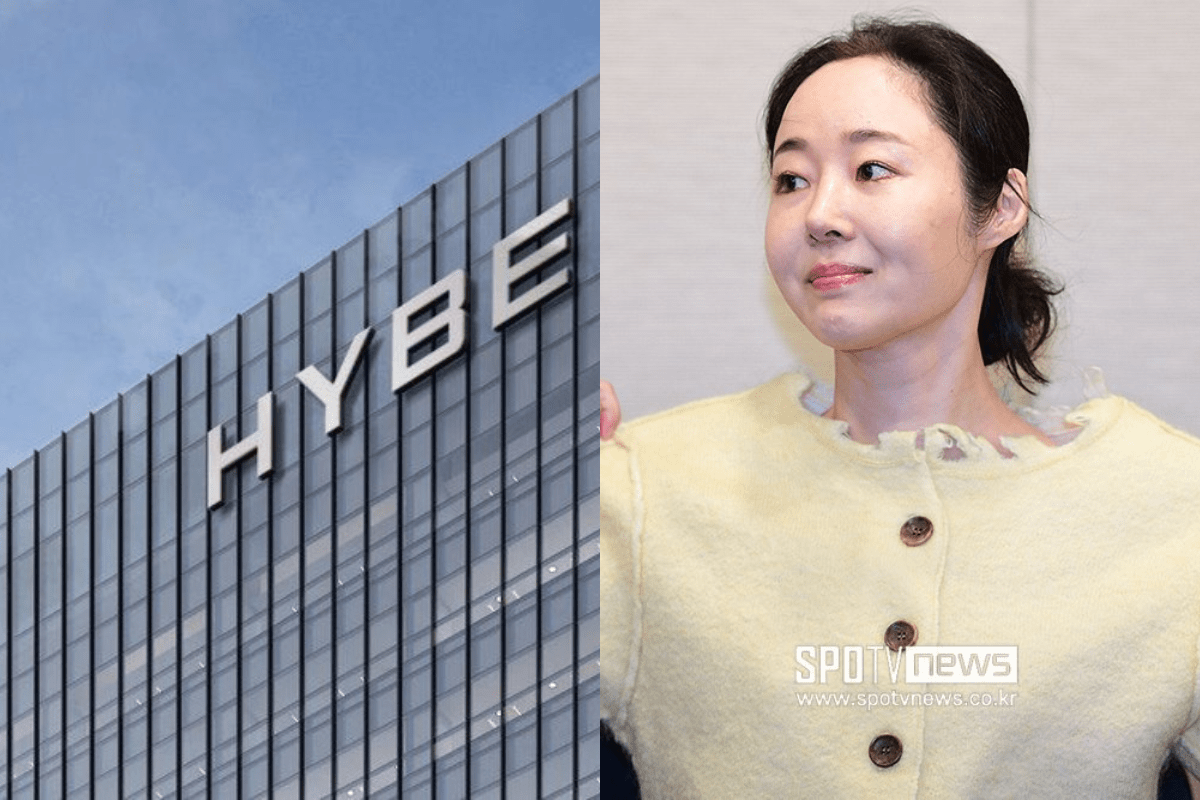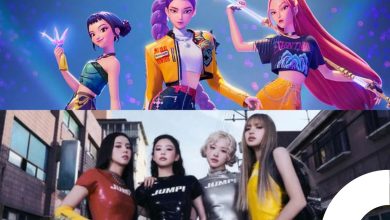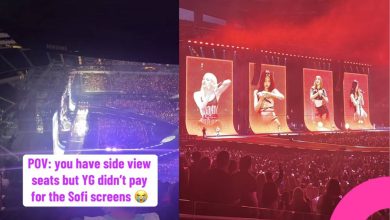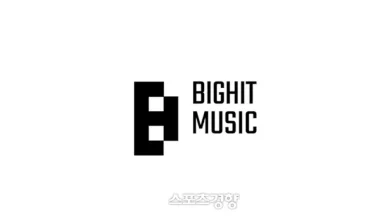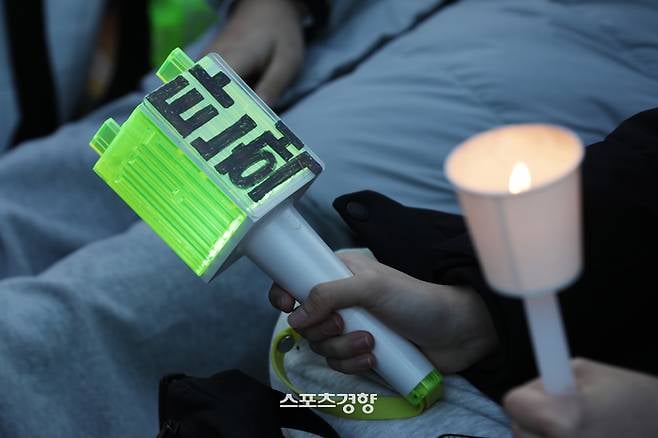
Their debut song “Into the New World” (lyrics by Kim Jeong-bae, composed by Kenzie) is a masterpiece that blends an emotional melody with hopeful lyrics, exuding power when paired with the group’s high-energy choreography.
This synergy found a unique resonance during the 2016 Ewha Womans University protests, where “Into the New World” became a rallying anthem, not just for the popular music industry but also as a broader cultural and social symbol. The phenomenon reaffirmed K-pop’s ability to transcend its roots as mere popular culture to become a force of societal influence. Some even dubbed the song the “Morning Dew” of the younger generation.

Although not a political song per se, “Into the New World” resonates with themes of restoration and hope, mirroring the ideal of returning things to their rightful place.
In 2020, during the anti-government protests in Thailand demanding the resignation of the Prime Minister and royal reforms, the song once again became a rallying cry for the youth, cementing its status as an anthem of global resistance.
Recently, at the protest in Yeouido demanding the impeachment of President Yoon Suk-yeol, triggered by his declaration of martial law, the song was heard again. Young attendees sang the poignant line “I want to send you my depressing times / But you will only hear it after it all scatters” with heartfelt determination.

The protest playlist featured a mix of old and new hits, including aespa’s “Whiplash”, H.O.T./NCT DREAM’s “Candy”, Rosé’s “APT.”, SHINee’s “Ring Ding Dong”, SEVENTEEN BSS’s “Fighting”, G-Dragon’s “Crooked” and even classics like g.o.d’s “One Candle”.
The attendees—mainly women in their 20s and 30s—swapped traditional candles for K-pop idol light sticks, waving them in unison like a sea of radiant colors.
Foreign media, including The New York Times and AFP, reported on the unique sight of K-pop-inspired protests, where participants waved light sticks in the cold winter air, creating an atmosphere reminiscent of a K-pop dance party.
The Evolution of Light Sticks in K-Pop
The culture of light sticks began in the 2nd generation of K-pop fandoms, evolving from colored balloons in the 1st generation to simple glowing wands, and finally into the intricate designs we see today.
Among these, BIGBANG’s “Bang Bong” is often credited as the first 3D light stick, allegedly designed by G-Dragon himself. Although earlier attempts like SE7EN’s glowing stick existed, they were less refined.

Each light stick carries its fandom’s identity, from SHINee’s “Shating Star” to NewJeans’ “Binky Bong”. These artifacts represent not just allegiance to a group but a unique form of self-expression and unity.
Light Sticks in Protests: Efficiency, Identity and Solidarity
Light sticks offer practical advantages in protests, such as portability and bright illumination. Unlike candles that risk being blown out, light sticks are durable, with some lasting over seven hours on a full charge. More importantly, they symbolize individuality and collective solidarity, aligning perfectly with the independent spirit of the MZ generation.
As K-pop has grown from a niche subculture into a global phenomenon, its fans have become more vocal about social and political issues. Light sticks, once tools of fan fervor, have now become symbols of civic engagement, amplifying voices both within and beyond the fandoms.

In Yeouido, the protest’s “National Light Stick Union” brought together a kaleidoscope of glowing lights, symbolizing the solidarity of diverse groups. Attendees cleaned up the protest grounds, emphasizing their responsibility to uphold the reputation of their “biases”.
A NewJeans fan in her 20s remarked, “Amid all the recent hardships, this martial law announcement was the final straw. But being here, surrounded by these light sticks, brought unexpected peace. These light sticks feel like flags for our generation.”
The rising prominence of light sticks in cultural and civic spaces is also evident internationally. In 2022, the Victoria and Albert Museum in the UK showcased K-pop light sticks as part of its “Hallyu! The Korean Wave” exhibit, emphasizing their significance in fandom culture. The 2024 Paris Olympics also saw South Korea’s athletes carrying digital flags inspired by K-pop light sticks, designed by HYBE.
From symbolic tools of fandom to powerful icons of civic expression, light sticks have found their place at the forefront of modern protest culture. This reflects not only the evolving role of K-pop in society but also the maturity and depth of its fans, who blend love for their idols with a profound commitment to societal betterment.
Source: Nate



